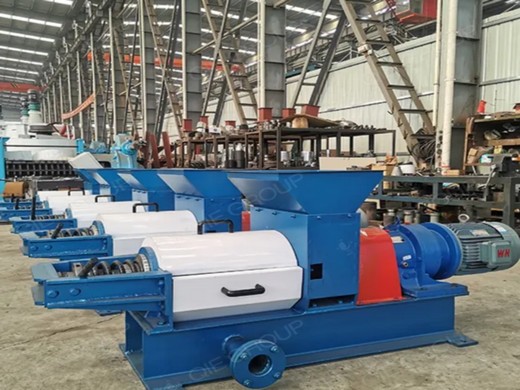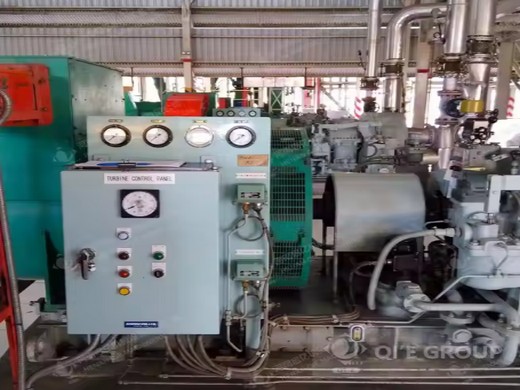AN ANALYSIS OF THE MYANMAR EDIBLE OIL CROPS SUB
vi an analysis of the myanmar edible oil crops sub-sector 6. myanmar edible oil market 41 6.1 myanmar agricultural service and central statistical organisation edible oil supply and demand data 2005/06 41 6.2 edible oil supply/demand balance or the elusive quest for self-sufficiency 41 6.3 edible oil market segmentation and adulteration practices 46 6.4 consumers’ preferences 48
Bambang Aria Wisena at. al. / Sustainable Development Strategy for Improving the Competitiveness of Oil Palm Industry / 13 37 operating procedures and consistently monitored. Arip et al. (2013
Malaysia: economic transformation advances oil palm
September 2012 Malaysia is currently the world’s largest exporter of palm oil although it is the second-largest producer of the oil after neighboring Indonesia. With a humid tropical climate and temperature ranging from 24°C to 32°C throughout the year, coupled with
Launch of the Asia Competitiveness Institute Singapore Competitiveness: A Nation in Transition This presentation draws on ideas from Professor Porter’s books and articles, in particular, “Building the Microeconomic Foundations of Prosperity,”
Livestock production and the feed industry
The ruminant industry is not well developed in Malaysia and is mainly operated by smallholder farmers. The systems of production vary from extensive to semi-intensive and depend on native pasture often supplemented with locally available feedstuffs, for instance PKC, palm oil sludge, oil palm frond and soy waste (Table 3).
Source: Institute for Strategy and Competitiveness In terms of political institutions, it is making progress with the establishment of the Corruption Eradication Commission (KPK)8. By making corruption a high‐risk and low‐reward activity, the
Transformation of Agricultural Sector in Malaysia
In the early period after independence, the agricultural policy was influenced by the colonial's policy, in which the focus was on the industrial crops for export markets. Large forest land was opened for palm oil and rubber plantations. As a result, until 1970, more than 123,000 ha of palm oil and 131,500 ha of rubber were planted in Malaysia.
The European Commission’s palm oil conundrum 28 February 2020. Author: Naila Maier-Knapp, University of Rostock. With new regulatory changes now taking place on the basis of the EU’s Renewable Energy Directive (RED) II of 2018, Indonesia and Malaysia are trying to come to terms with the implications for their global palm oil market strategy and production.
Growth Industry The Business Year
However, the rapid growth experienced by the palm oil industry has come with challenges to future sustainability, in the face of low crude palm oil prices and mounting competition from Indonesia, the world's largest palm oil producer. Meanwhile, Malaysia imported 485,567 tons of palm oil for the entire year of 2014, and 749,419 tons between
Malaysia is one of the most open economies in the world, with a trade to GDP ratio averaging over 130 percent since 2010. Openness to trade and investment have been instrumental in employment creation and income growth, with about 40 percent of jobs in Malaysia
- How to improve the well-being of the Malaysian oil palm industry?
- To enhance the well-being of the Malaysian oil palm industry through excellent research & development and services. Research & activities using modern technologies, good plantation management practices and integrated farming, aimed at increasing income of oil palm producers.
- How did the Malaysian palm oil industry perform in 2020?
- The year 2020 posed quite a challenge to the Malaysian palm oil industry. The industry’s overall performance last year was rather mixed. Compared to 2019, CPO production, palm oil stocks, exports, and imports of palm oil declined while total export earnings of oil palm products grew despite registering lower export volume.
- Is oil palm a major industry in Malaysia?
- Oil palm which was initially brought in as an ornamental plant has become a major industry for Malaysia. After more than a century of commercial cultivation of oil palm, Malaysia currently has 5.85 million hectares of oil palm area (MPOB, 2018).
- Which palm oil certification standards are used in Malaysia?
- In Malaysia, there are several palm oil certification standards currently being used. However, the most common standards are MSPO, Roundtable on Sustainable Palm Oil (RSPO), and International Sustainability and Carbon Certification (ISCC).
- How do palm oil prices intersect with sustainability?
- Therefore, examining how palm oil prices intersect with the sector’s sustainability is paramount. As with other commodity markets, palm oil prices are largely correlated with shifts in supply and demand and with price movements of competing products, such as other vegetable oils (e.g., sunflower and soybean oil) or biodiesel.
- Which countries are promoting sustainable palm oil consumption?
- China and India are key actors in expanding the sustainable consumption of palm oil globally, given their size and growing importance as palm oil end markets.






